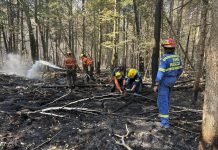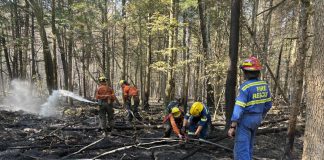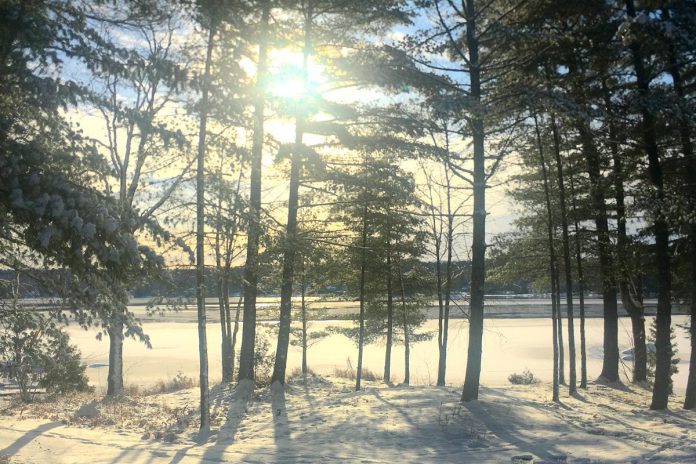
December marks the turning point between seasons and between years. This is a chance to increase how much we appreciate what’s right in front of us by looking both forwards and backwards. Spending time in nature can help us with this reflection while also providing many health benefits.
We already know that spending time in nature benefits to our mental and emotional health. Many studies have demonstrated this, including the 2015 report Green City: Why Nature Matters to Health – an Evidence Review.
You may be wondering how we can enjoy the benefits of green space when things are mostly brown or snow-covered.
A recent study demonstrates that the benefits of time spent in nature have more to do with our intentions than the amount of time or time of year. This study compared two groups of adults.
Both groups were asked to take 15-minute walks every day for eight weeks. The first group was given no instructions about how to take those walks, but the second group was told to be intentional about finding “awe” or “wonder” in their natural surroundings.
As a result, that second group demonstrated “greater joy” and “measurably broader smiles” than the first group. The second group also demonstrated “greater decreases in daily distress over time” as well as greater increases in positive emotions and feelings of social connection.
Here are three ways you can bring some intentional awe and reflection to your time in nature this holiday season and into the new year.
1. Bird watching
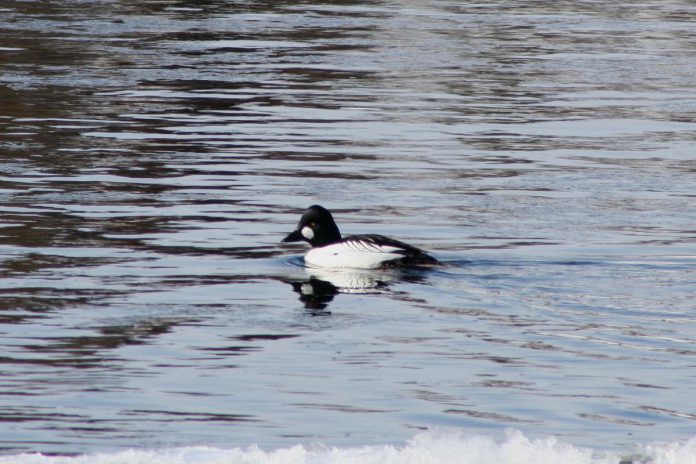
One great way to enjoy awe walks with intention at this time of year is by bird watching.
“Simply counting and looking for birds is the ideal antidote to the pressures, excesses and mad rush of the holiday season,” shares local naturalist Drew Monkman in his book Nature’s Year in the Kawarthas.
You can visit the event calendar at the Peterborough Field Naturalists website at peterboroughnature.org to learn more about how to participate in the 70th annual Christmas Bird Count on December 19th. The Christmas Bird Count is the longest running wildlife survey in Peterborough County.
If you are not able to join the bird count with one of the field parties, you can still assist by registering to count birds with a walk in your neighbourhood or at your backyard bird feeder.
2. Stargazing
December nights are as long as the days of June. One bonus to this darkness is the opportunity for stargazing. Residents of Peterborough and the Kawarthas are lucky to be relatively close to dark sky preserves like Torrance Barrens and North Frontenac.
What is a dark sky preserve? These areas are intentionally protected from light pollution and are recognized as some of the best night-sky viewing sites in the world.
Located just outside of Buckhorn, Kawartha Highlands Provincial Park provides excellent night-sky viewing — even though it cannot be recognized as a dark sky preserve because the property is near developments with artificial lighting.
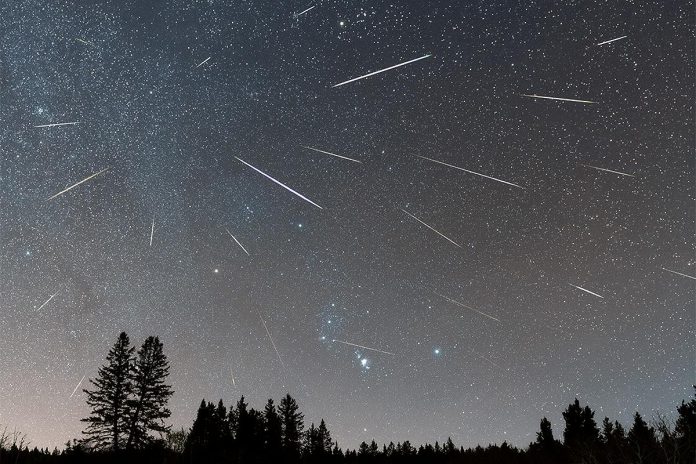
Like noise pollution, light pollution can have adverse effects on our health and the integrity of natural ecosystems. We depend on a healthy circadian rhythm (day-night balance) for regular sleep and good health. Artificial lights — whether from street lights, illuminated advertising, or the screen of that phone in your hand — can interfere with our circadian rhythm and contribute to chronic illness.
Humans are not the only organisms negatively impacted by light pollution.
“Light pollution also disrupts the hormonal and growth cycles of many plants, especially flowering trees,” says Hayley Goodchild, program coordinator at GreenUP. “Some tree species require shorter daytime hours during the dormant season to trigger healthy patterns of flowering and fruiting at other times of year. Light pollution at night can disrupt that.”
Clear, dark evenings at this time of year are perfect for walks in a nearby park. Stop, look up, and feel awe at the billions of stars in the Milky Way. The Geminid meteor shower is one of the busiest meteor showers of the year, featuring as many as 120 to 160 shooting stars per hour.
This meteor shower typically occurs around December 12th to 14th annually. The best time for viewing is likely Monday, December 13th around 9 to 10 p.m.
If you are lucky enough to spot a falling star — and even if you don’t — we invite you to make a Green Wish for 2022 and share it with us at @ptbogreenup on social media or email me at leif.einarson@greenup.on.ca. We look forward to sharing Green Wishes from across the community in our column later this month.
3. Reflecting
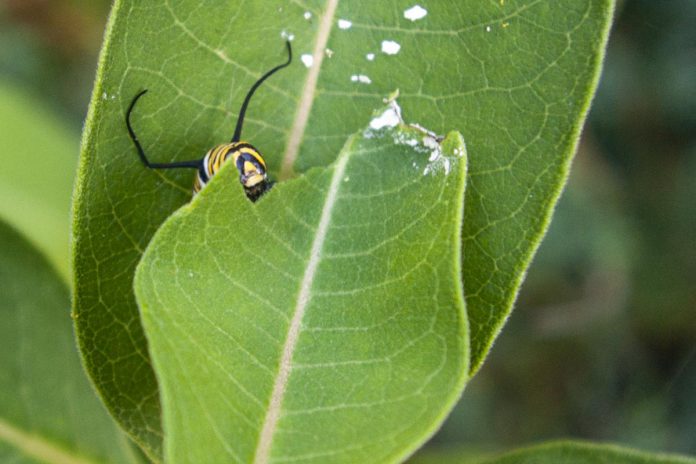
As we approach the winter solstice on December 21, we find ourselves at the opposite end of the year as the summer solstice in June. Reflecting on these natural patterns can help us build stronger relations between past and future.
What was happening in gardens and greenspaces six months ago and what will be happening six months from now? What were you doing six months ago, and what do you want to be doing six months from now?
At the other end of the year, during the summer solstice, yards, gardens, and natural spaces were and will again be busy with native pollinators.
Right now, some of these native pollinators are nesting inside hollow stems or in burrows underground. Approximately 70 per cent of the native bee species in North America are ground-dwelling bees.
Of course, one of the pollinators most well-known for its overwintering strategy is the monarch butterfly. The caterpillars that ate local milkweed last summer are currently 4,000 kilometres south, metamorphosed into butterflies overwintering in the oyamel fir forests of Mexico.
It will take multiple generations and transformations before the great-grandchildren of those butterflies return to the Kawarthas.

Thinking of these overwintering pollinators makes me wonder how I want to focus on growing and transforming now, to realize goals both six months and three generations in the future.
I hope you enjoy your daily dose of nature this winter, and try to keep it going right through into 2022. May it bring you happiness and good health.
Remember that a personal crisis can come about suddenly and unexpectedly, but also as a natural part of the life cycle. If you or someone you know is in crisis or needs help, the Four County Crisis Line is available 24 hours a day, seven days a week at 705-745-6484 or toll-free at 1-866-995-9933. The Four County Crisis Line provides free, confidential mental health crisis intervention support over the phone, for people 16 years and over.


